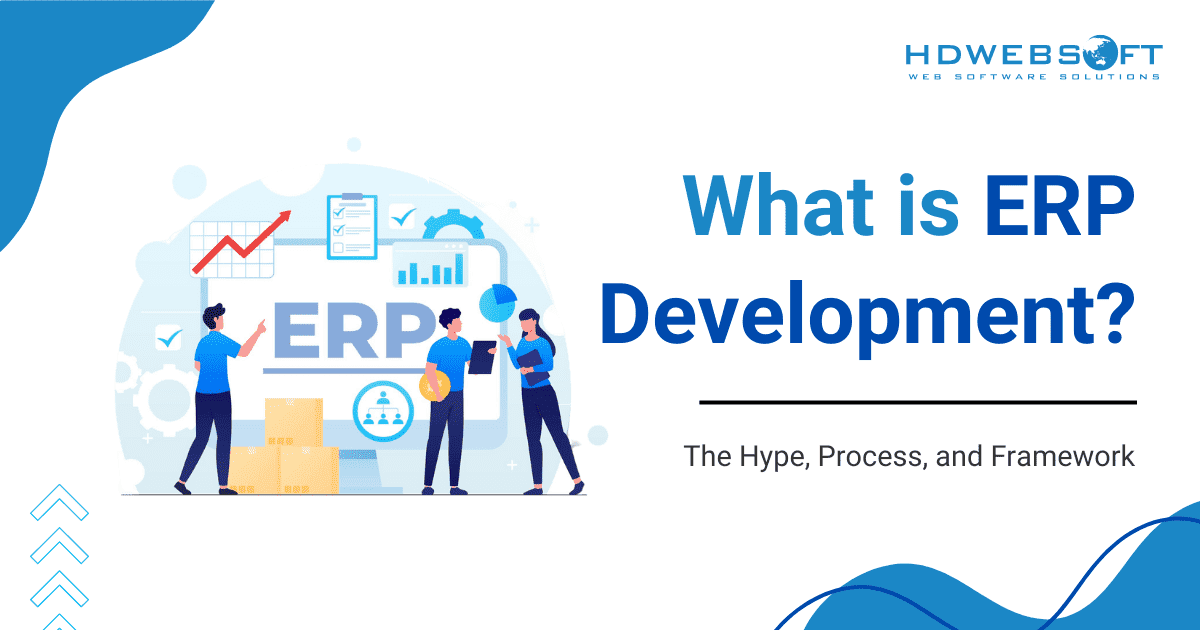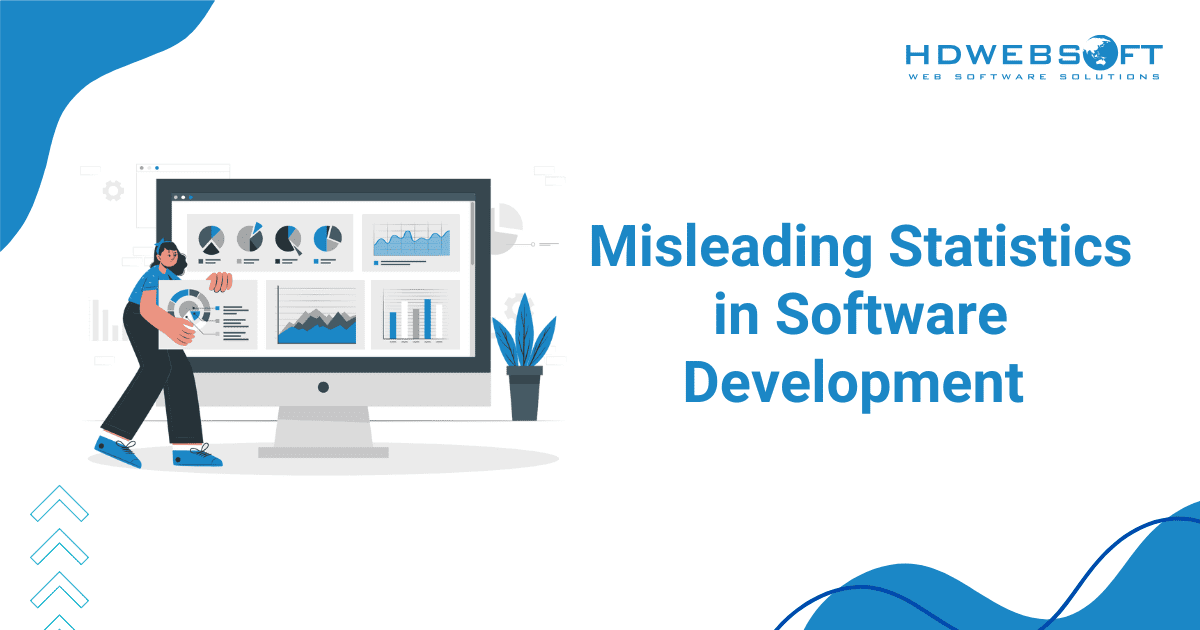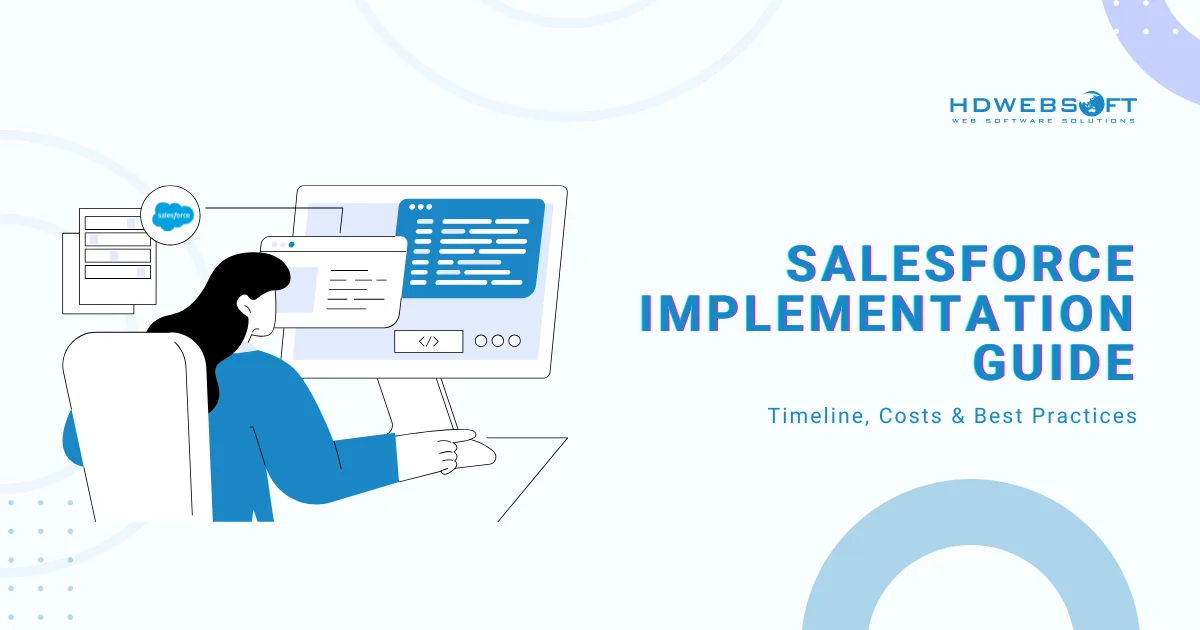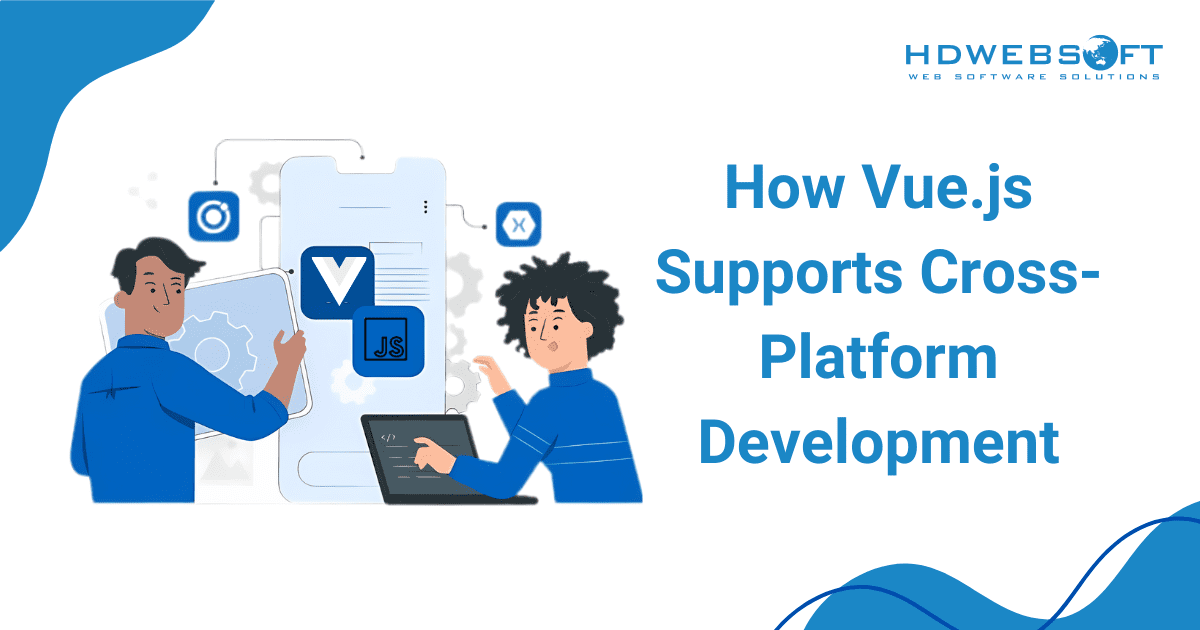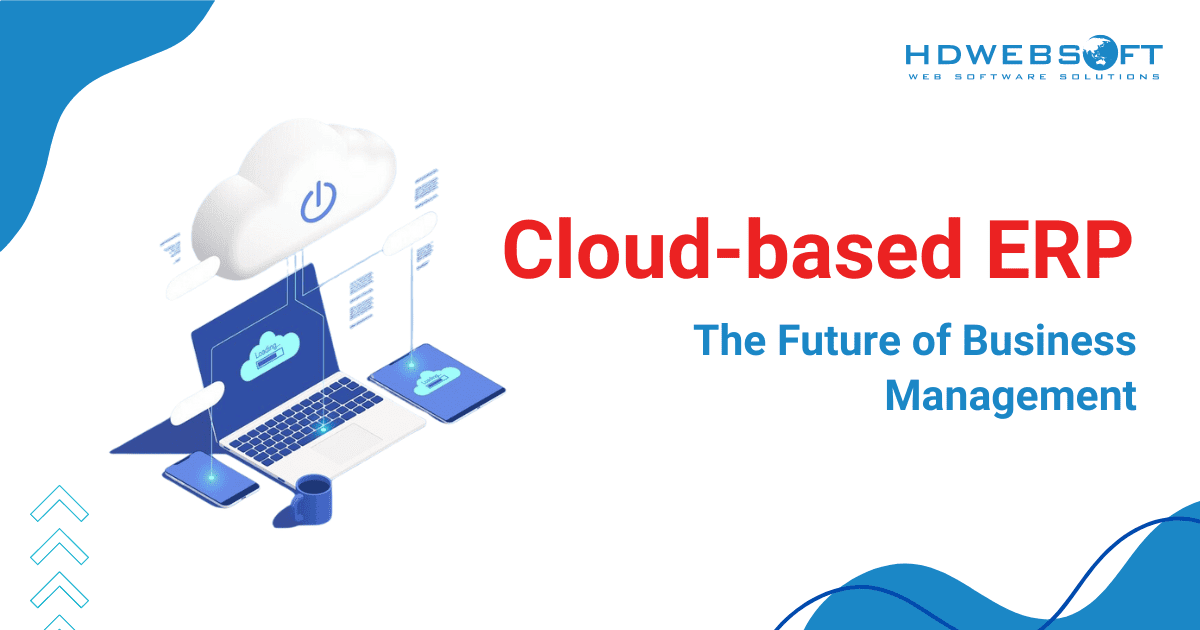
Cloud-based ERP: The Future of Business Management
Cloud-based ERP is revolutionizing the way businesses manage their operations. ERP systems are essential for automating and streamlining various processes in today’s fast-paced business environment. A recent study pointed out that 95% of businesses are open to cloud ERPs. The transition from on-premise ERP solutions to cloud-based platforms represents a significant shift towards greater efficiency, scalability, and innovation.
In this blog, we will discuss the definition of cloud-based ERP, why it’s important, and its types and components. Additionally, we will showcase the main differences between cloud ERP and on-premise one.
What is a Cloud ERP?
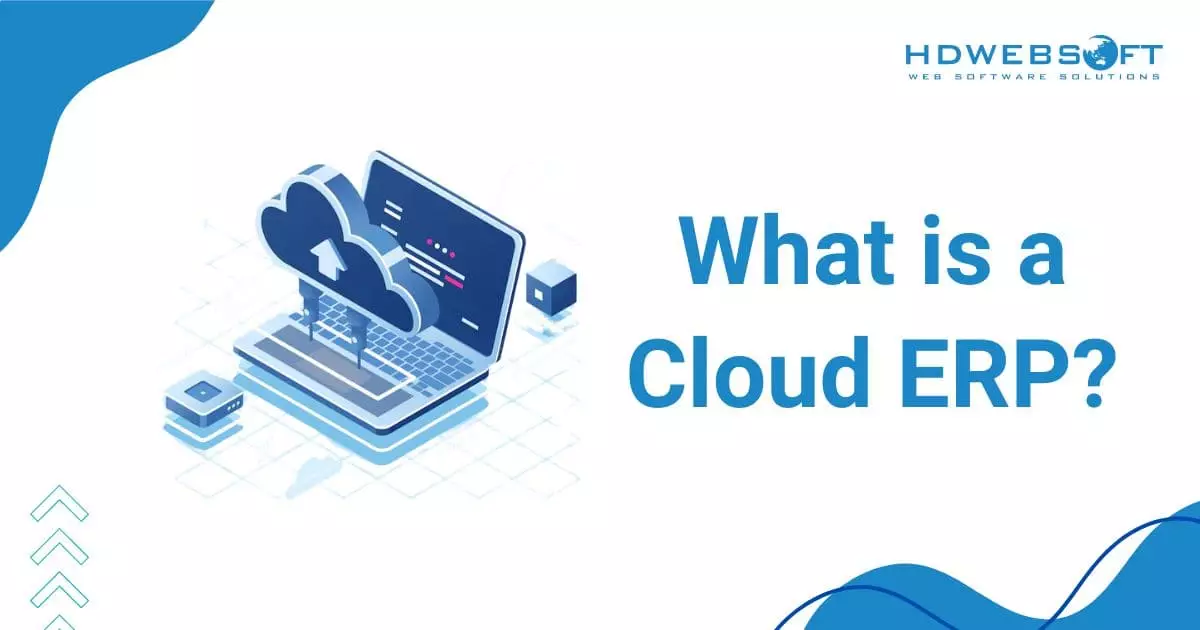
Cloud ERP refers to enterprise resource planning software hosted on a cloud computing platform rather than on an organization’s premises. Unlike traditional ERP systems that require significant infrastructure, cloud-based ERP is accessed via the Internet. It offers real-time data and process integration across various departments such as finance, human resources, supply chain, etc. This technology allows businesses to access their ERP systems from anywhere, making it an attractive solution for organizations with distributed operations or a remote workforce.
Cloud-based ERP, or SaaS ERP, is also known as a software service provided by a vendor. In this case, the vendor manages the technical aspects of the data center, including servers, maintenance, and running costs. You can access your ERP data and functionality through an internet browser or mobile app.
Why is Cloud-based ERP Important for Business?
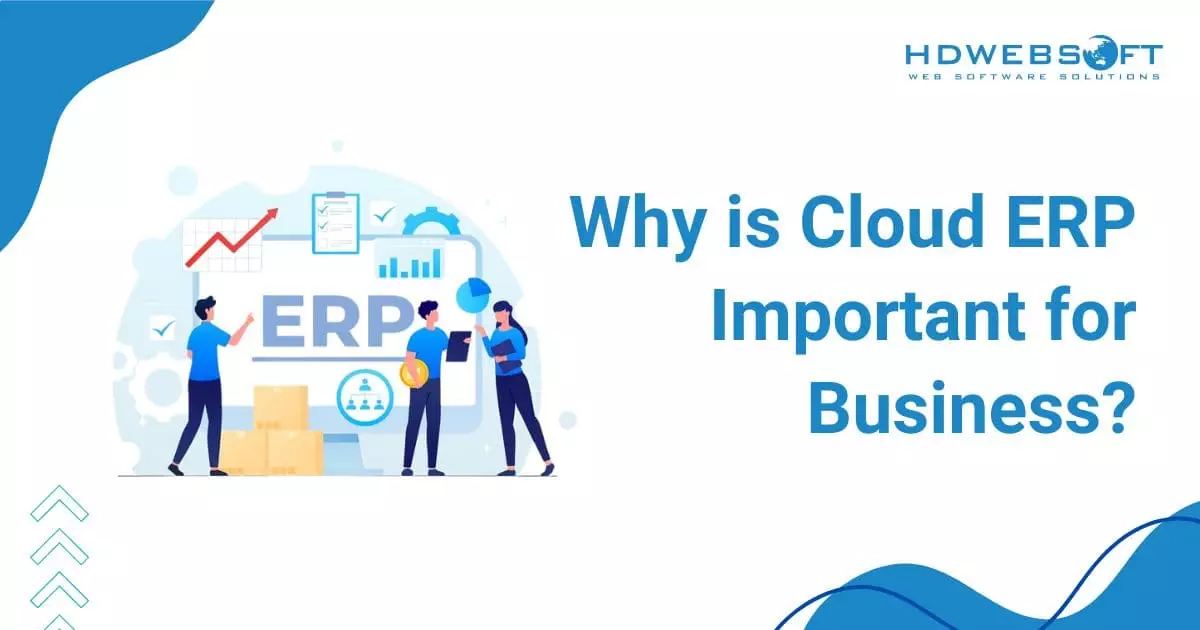
Similar to other cloud services, cloud-based ERP allows businesses to pay only for the resources they utilize while offering the flexibility to adjust their cloud resources as needed.
Cloud ERP allows quicker updates of new technologies, including AI, than traditional on-premises ERP systems. An ERP development company has excelled at enhancing the user experience. Thanks to the frequent update cycles offered by SaaS, they can more easily implement modern user interfaces such as tiled GUIs, voice commands, and smartphone access. These modern features are often slower to implement in on-premises ERP systems.
Businesses increasingly adopt cloud ERP to modernize outdated on-premises ERP solutions and streamline operations. This shift is driven by the desire for easier maintenance, improved usability, and cost reduction.
Additionally, SaaS ERP is often seen as a crucial component of digital transformation strategies, as it can provide new capabilities in many areas. We will explore its application in various industries later in this blog.
Types of Cloud ERPs
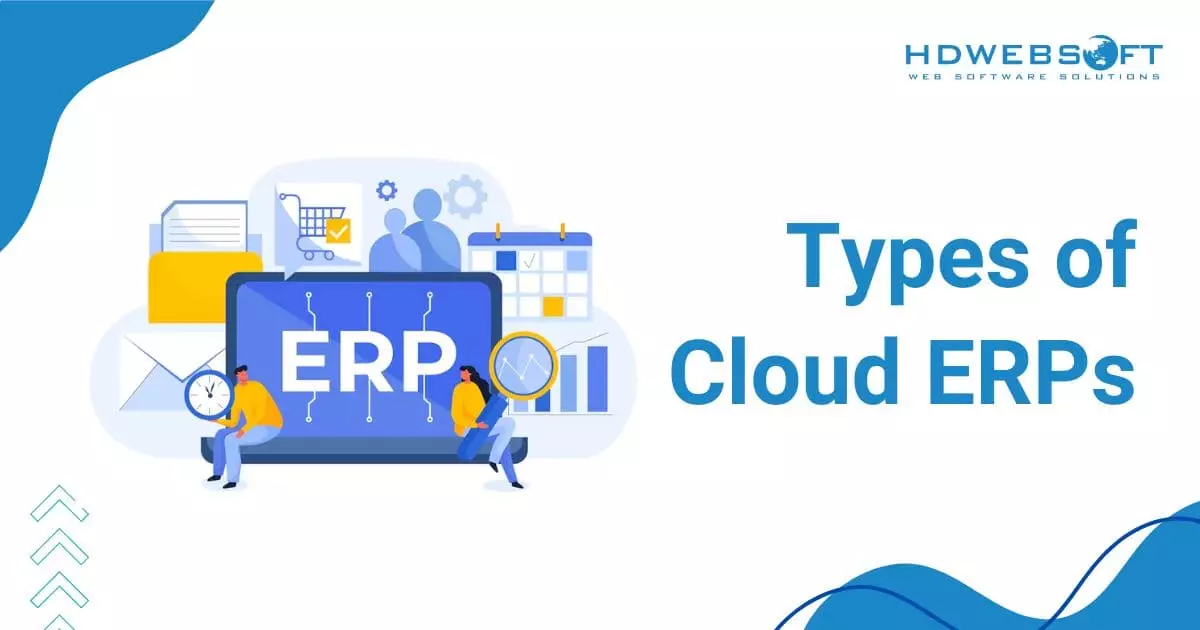
Cloud-based ERP systems can be categorized into three main types: Public Cloud ERP, Private Cloud ERP, and Hybrid Cloud ERP. Each type has its unique advantages, tailored to meet different organizational needs:
Public Cloud ERP
Public Cloud ERP systems are hosted on shared infrastructure provided by third-party service providers, making them a popular choice for businesses seeking affordability and scalability. These systems are accessible over the Internet and designed to serve multiple tenants or customers simultaneously. Because the infrastructure and resources are shared, the cost of using Public Cloud ERP is significantly lower than other options. This is why it is attractive to SMEs that may not have the capital to invest in expensive on-premise solutions.
Public Cloud ERP is also easy to deploy and maintain, with updates and security managed by the service provider. This means businesses can focus on their core operations without worrying about the technical complexities of maintaining a cloud-based ERP system.
However, the shared environment may limit customization options. Additionally, some organizations might have concerns about data security, although reputable cloud providers offer robust security measures to mitigate these risks.
Private Cloud ERP
Private Cloud ERP is hosted on a dedicated infrastructure, providing a single organization with its own cloud environment. This type of ERP is ideal for businesses that require high levels of customization, security, and control over their data.
Private Cloud ERP combines the flexibility of cloud computing with the security and customization capabilities traditionally associated with on-premise systems. Organizations with strict regulatory requirements, such as those in the healthcare or financial sectors, often prefer this SaaS ERP. This deployment type allows them to meet compliance standards while benefiting from the cloud’s scalability and remote accessibility.
Despite its advantages, Private Cloud ERP comes with higher costs than Public Cloud ERP. The dedicated infrastructure and customized environment result in greater expenses for setup, maintenance, and management. However, for larger enterprises with complex operational needs, the benefits of this cloud-based ERP can outweigh the costs. This tailored solution can support their unique business processes.
Hybrid Cloud ERP
Hybrid Cloud ERP combines Public and Private Cloud ERP elements, allowing organizations to leverage the benefits of both environments. Businesses can use the Public Cloud for general operations in a hybrid setup while maintaining sensitive data and critical applications on a Private Cloud. This approach offers the best of both worlds: the public cloud’s cost-effectiveness and scalability combined with the private cloud’s security and customization.
Hybrid Cloud ERP is handy for organizations undergoing digital transformation. It allows them to migrate from on-premise systems to the cloud gradually. It also provides flexibility, enabling businesses to scale resources in the public cloud as needed while keeping critical functions in a controlled, private environment. However, managing a hybrid environment can be complex, requiring careful integration and coordination between the two systems.
Cloud-based ERP components
The key components of a cloud-based ERP system are designed to manage different aspects of an organization’s operations. Here are the primary components of a cloud ERP system:
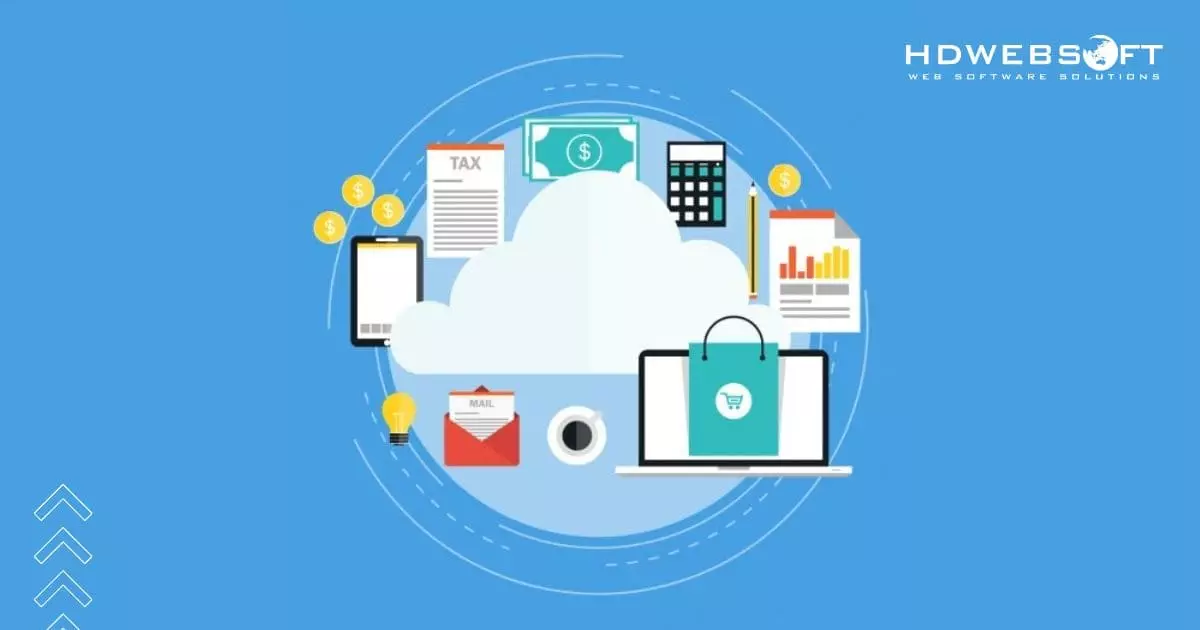
Cloud-based ERP components make it applicable to many industries.
Financial Management
The financial management component is the backbone of any ERP system. It manages all financial transactions, including accounting, budgeting, payroll, and financial reporting. This component ensures that businesses maintain accurate financial records, adhere to regulatory requirements, and have real-time visibility into their financial health. It typically includes modules for general ledger, accounts payable, accounts receivable, and smart financial analytics.
Human Capital Management (HCM)
Human Capital Management in SaaS ERP systems helps businesses manage their workforce efficiently. Payroll software component covers employee lifecycle management, from recruitment and onboarding to payroll, benefits administration, performance evaluation, and learning and development. HCM ensures that businesses can attract, retain, and develop talent, aligning human resources with organizational goals.
Supply Chain Management (SCM)
The SCM component in cloud-based ERP handles the end-to-end supply chain processes, including procurement, production, inventory management, order fulfillment, and logistics analytics. It provides real-time insights into supply chain activities, helping businesses optimize inventory levels, reduce costs, and improve supplier-customer relationships. SCM is critical for companies that rely heavily on manufacturing and distribution.
Customer Relationship Management (CRM)
Customer Relationship Management within a cloud ERP system focuses on managing interactions with customers and prospects. This component helps businesses improve customer satisfaction, increase sales, and enhance customer retention. It provides tools for sales management, customer service, marketing and advertising automation, and customer analytics. CRM ensures that all customer-related data is centralized, enabling personalized and responsive customer interactions.
Inventory and Order Management
This component is essential for businesses dealing with physical goods. It manages the entire inventory lifecycle, from receiving and storing inventory to tracking orders and shipping products to customers. The inventory and order management component ensures that stock levels are optimized, orders are processed efficiently, and customers receive their products on time.
Project Management
The project management component in cloud-based ERP systems helps organizations plan, execute, and monitor projects. It includes tools for project planning, resource allocation, time tracking, cost management, and project analytics. This component is particularly valuable for service-based businesses or companies that manage large, complex projects, as it ensures that projects are completed on time and within budget.
Business Intelligence and Analytics
Business intelligence and analytics are integral components of SaaS ERP systems. They provide real-time data analysis, reporting, and dashboards, enabling businesses to make informed decisions based on accurate, up-to-date information. These tools help organizations identify trends, forecast demand, optimize operations, and improve overall performance.
Compliance Management
Compliance management ensures that businesses adhere to industry regulations and standards. This component tracks regulatory changes, manages audits, and ensures that the organization’s processes and practices are compliant with relevant laws and guidelines. It is particularly important in highly regulated healthcare, finance, and manufacturing industries.
Manufacturing Management
For manufacturing businesses, this component of a cloud-based ERP system manages all aspects of the production process, from planning and scheduling to quality control and compliance. It helps manufacturers optimize production schedules, reduce waste, ensure product quality, and comply with industry regulations.
Additionally, integrating machine learning in manufacturing into the system can further enhance these capabilities by analyzing production data to predict equipment failures, streamline inventory management, and uncover process inefficiencies. Ultimately, it’ll provide smarter decision-making and continuous improvement.
Cloud-based ERP vs. On-premise ERP
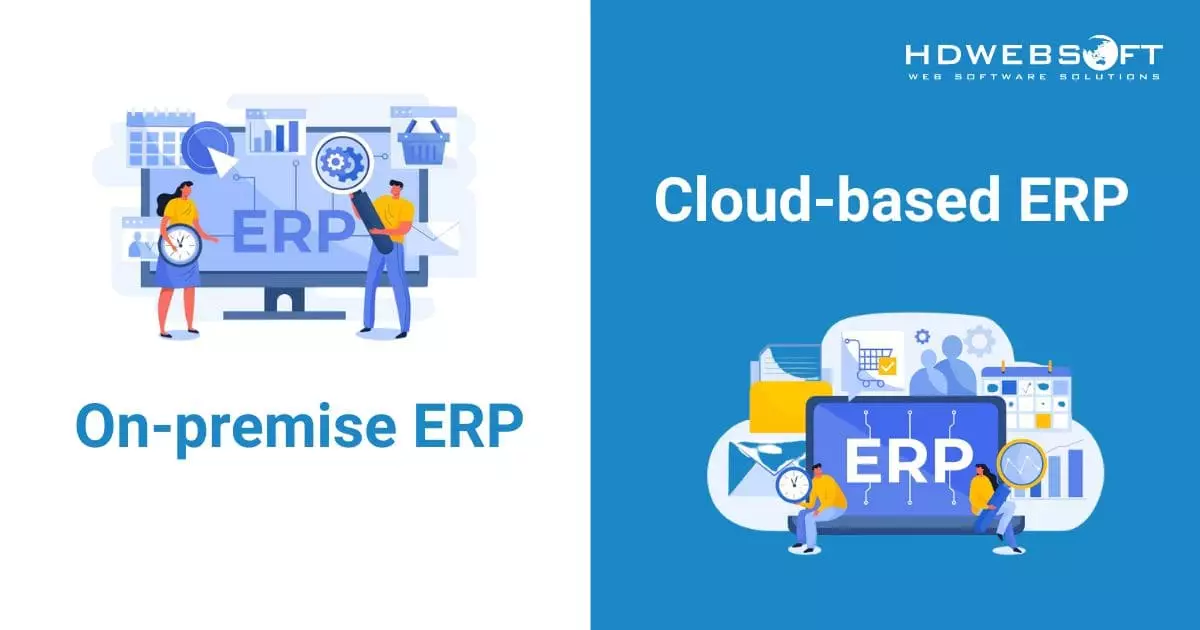
The range and complexity of available modules can vary significantly between on-premises and cloud-based ERP solutions.
Cloud-Based ERP
This model has gained significant popularity in recent years due to its flexibility, scalability, and lower upfront costs. It enables businesses to adapt quickly to changing market demands while minimizing the financial risks associated with traditional infrastructure investments.
Cost Efficiency
SaaS ERP eliminates the need for large capital investments in hardware, software, and IT infrastructure. Instead, businesses pay a subscription fee that typically includes updates, maintenance, and customer support. This pay-as-you-go model particularly appeals to SMEs lacking the financial resources to invest in on-premise solutions.
Scalability and Flexibility
One of the most significant advantages of a cloud solution is its scalability. Businesses can easily adjust their usage and resources as needed, which is especially useful for companies experiencing rapid growth or seasonal fluctuations in demand. Cloud ERP systems can also be accessed from anywhere with an internet connection, making them ideal for organizations with distributed teams or remote workers.
Automatic Updates and Maintenance
With SaaS ERP, the vendor is responsible for maintaining the system, including updates and security patches. This reduces the burden on in-house IT teams and ensures that the software is always up-to-date with the latest features and security protocols.
Security and Compliance
While some organizations may have concerns about data security in the cloud, reputable cloud-based ERP providers invest heavily in security measures, including encryption, multi-factor authentication, and compliance with industry standards like GDPR and HIPAA. The cloud’s security is often comparable to or even better than that of on-premise solutions, as dedicated teams are responsible for monitoring and protecting the system.

Cloud-based ERP offers great security compared to traditional ones.
On-Premise ERP
On-premise ERP systems are installed locally on a company’s own servers and managed by its IT staff. This traditional approach offers more control over the system but comes with its own set of challenges.
Upfront Costs and Maintenance
Traditional ERP requires significant upfront investment in hardware, software licenses, and IT infrastructure. Additionally, the organization is responsible for ongoing maintenance, updates, and security, which can add to the total cost of ownership over time.
Customization
On-premise systems are often more customizable than cloud-based solutions, as they allow businesses to tailor the software to their specific needs. This can be a crucial advantage for companies with complex or unique processes that cannot be accommodated by standard cloud-based ERP configurations.
Control and Data Security
One of the primary reasons businesses opt for on-premise ERP is the level of control it offers. Companies maintain full control over their data and the ERP system, which can be critical for organizations in highly regulated industries or those with stringent data security requirements. However, this control also means that the responsibility for data protection lies entirely with the organization.
Implementation and Deployment
In-house ERP typically takes longer to implement due to the need for hardware setup, software installation, and customization. This extended deployment period can delay the realization of benefits and increase the initial costs. What’s more, the complexity of coordinating with IT teams and external vendors often adds to the timeline, making the process more resource-intensive.
Read more: Five Pillars for a Successful ERP Implementation.
Conclusion
The future of enterprise resource planning is undoubtedly in the cloud. With the cloud-based ERP market expected to grow significantly, driven by advancements in AI and machine learning, organizations that adopt these solutions will be better positioned to navigate the complexities of the modern business landscape. As businesses continue to prioritize agility, scalability, and innovation, SaaS ERP systems are set to become the cornerstone of effective enterprise management.




